Understanding dashboard warning lights in your Skoda Octavia is essential for maintaining vehicle safety and preventing costly repairs. These lights alert you to potential issues ranging from minor notifications to critical problems that could lead to breakdowns or accidents if ignored.
By recognizing and responding promptly, you can ensure smooth operation, avoid roadside emergencies, and extend your car’s lifespan.
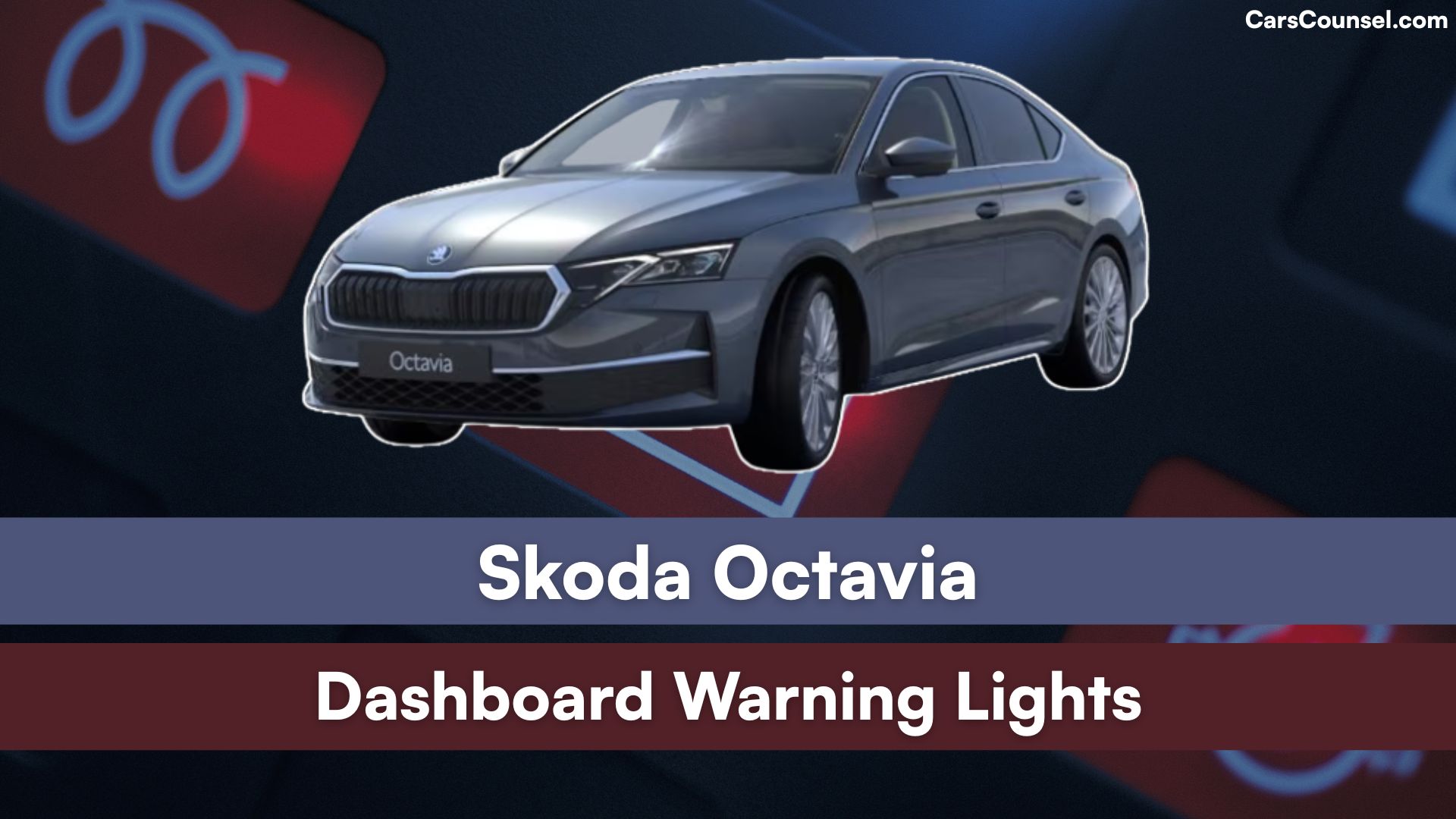
Quick Navigation
Red Warning Lights (Stop Immediately)
These lights indicate serious issues requiring you to stop the vehicle safely as soon as possible and seek professional help.
Engine Oil Pressure
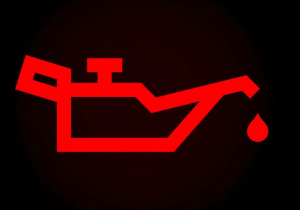
Low oil pressure can cause engine damage from lack of lubrication. Possible causes include low oil levels or pump failure. Stop immediately, check oil level, and do not drive until fixed; contact a mechanic.
Brake System Alert
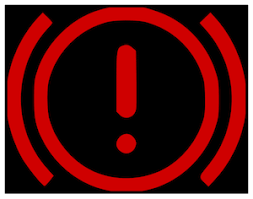
Indicates problems like low brake fluid or hydraulic issues affecting stopping power. Causes may include leaks or worn pads. Pull over safely, inspect fluid, and call for roadside assistance if needed.
Power Steering System

Signals a fault in the steering assistance, making the car hard to control. Could be due to low fluid or electrical issues. Stop driving, restart engine to check, and visit a service center immediately.
Airbag and Seatbelt System

A malfunction in airbags or seatbelts that might fail during a crash. Causes include sensor faults or wiring problems. Stop and have it inspected by a professional right away to ensure safety.
Vehicle Charging System
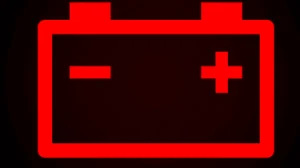
The battery isn’t charging properly, risking a sudden shutdown. Often caused by alternator failure or loose connections. Stop, avoid using electronics, and get to a repair shop before the battery dies.
Steering Lock
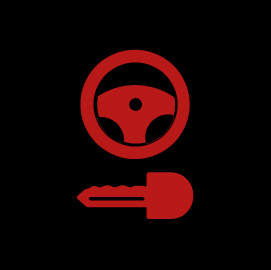
Critical fault in the steering lock mechanism, potentially locking the wheel. Red light means immediate danger. Do not drive; contact a service center for urgent repair.
Ignition Switch

Serious issue with the ignition that could prevent restarting the engine. Red indicates a major fault. Pull over and seek help from a mechanic without delay.
Seatbelt Reminder
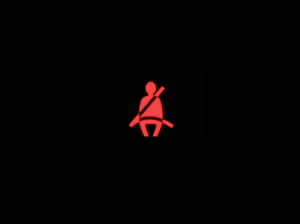
Alerts if seatbelts are not fastened, increasing injury risk in accidents. Fasten all belts; if it persists, check for sensor issues and consult a technician.
Bonnet Open
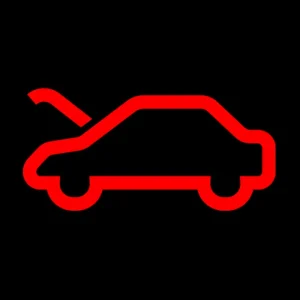
The hood is not securely closed, which could fly open while driving. Stop and secure it properly; if the light stays on, have it checked for latch problems.
Boot Lid Open
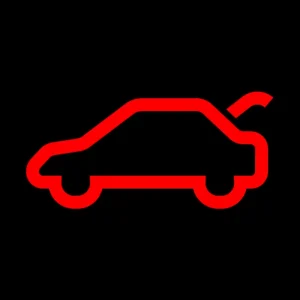
The trunk is ajar, risking loss of items or distraction. Pull over to close it firmly; persistent light suggests a sensor or latch fault needing repair.
Automatic Gearbox Fault
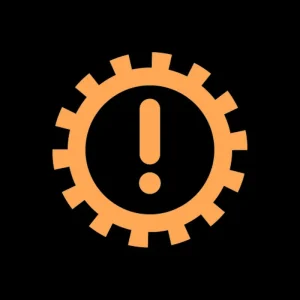
Transmission malfunction that could lead to gear failure. Causes include overheating or fluid issues. Stop and contact assistance; do not drive further.
Engine Coolant Temperature
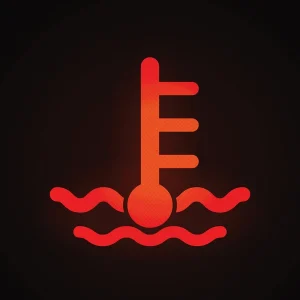
Engine is overheating, possibly from low coolant or radiator problems. Stop immediately to cool down, check levels, and avoid driving until resolved.
ABS System Failure
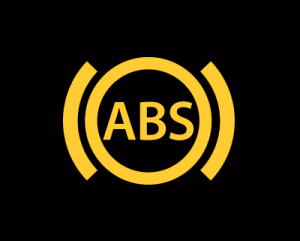
Anti-lock brakes are not working, increasing skid risk during hard stops. Often due to sensor or hydraulic faults. Stop and get professional diagnosis.
Yellow/Amber Warning Lights (Action Required Soon)
These signal issues that need attention soon to prevent escalation, but you can usually continue driving carefully.
Check Engine Light
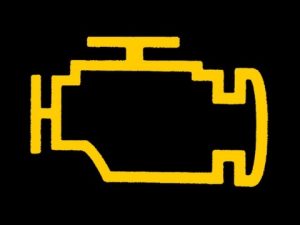
Indicates an engine or emissions problem, like a faulty sensor or misfire. Causes vary from loose gas cap to major issues. Have it scanned at a service center soon.
Tyre Pressure Monitoring
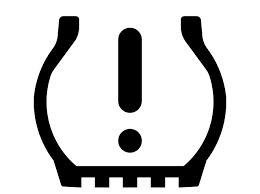
One or more tires have low pressure, affecting handling and fuel efficiency. Check and inflate tires to recommended levels; reset system if needed.
ESP Stability Control
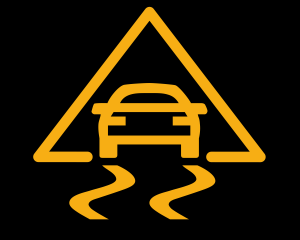
Electronic stability program is faulty or intervening on slippery roads. Could be sensor issues. Drive cautiously and visit a mechanic for repairs.
Glow Plug System (Diesel)

Pre-heating system for diesel engines is malfunctioning. Causes include faulty plugs. Start engine carefully and get it checked to avoid starting issues.
Brake Fluid Low
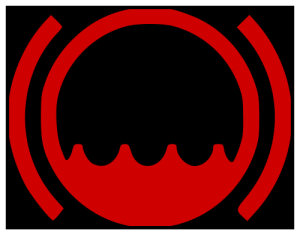
Brake fluid level is below safe limits, potentially reducing braking effectiveness. Top up fluid and inspect for leaks; seek professional help.
Door Ajar
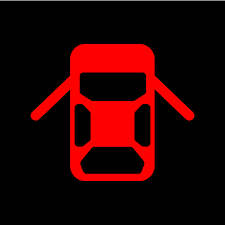
A door is not fully closed, which could be a safety hazard. Check and secure all doors; if light remains, sensor may need adjustment.
DPF Filter Warning
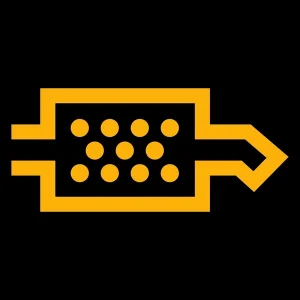
Diesel particulate filter is clogged, affecting emissions. Drive at higher speeds to regenerate or visit a service center for cleaning.
Transmission Temperature

Gearbox is overheating, possibly from heavy use or low fluid. Allow to cool and check fluid; service if it persists.
Coolant Level Low
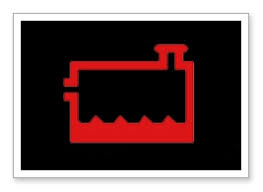
Coolant is insufficient, risking overheating. Top up and check for leaks; monitor temperature.
Eco Mode Indicator (Fault)
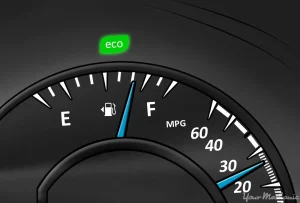
Eco driving mode is not engaging properly. Reset or have the system checked for efficiency issues.
Rain and Light Sensor

Automatic wipers or lights are faulty. Operate manually and repair sensor for convenience.
Green Information Lights (Information Only)
These provide status updates on active systems and do not require action unless something seems off.
Headlight On

Main headlights are activated for better visibility in low light. No action needed; turns off when lights are deactivated.
Cruise Control Active
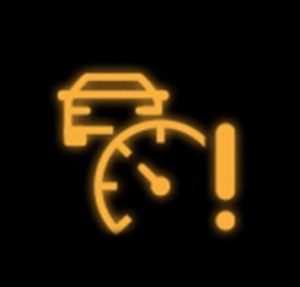
Cruise control system is engaged, maintaining set speed. Adjust as needed; disengages with brake.
Turn Signal Indicator
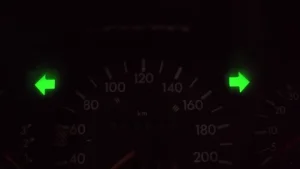
Blinking to show left or right turn signals are on. Ensures others see your intentions; no further action.
High Beam On

High beam headlights are active for distant illumination. Dim when approaching traffic to avoid blinding others.
Front Fog Lights

Fog lights are on to improve visibility in poor weather. Use only when necessary to avoid glare.
Rear Fog Lights
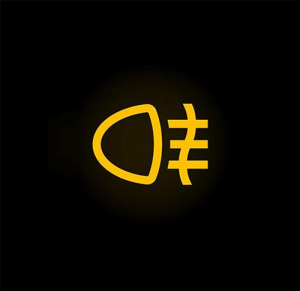
Rear fog lights activated for trailing vehicles in fog. Turn off in clear conditions.
Parking Brake Released
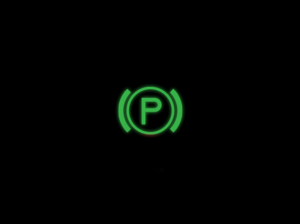
Handbrake is off, allowing normal driving. Confirms readiness to move.
Low Beam Lights
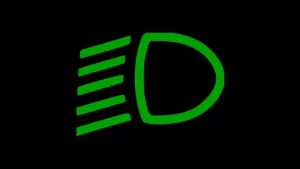
Dipped headlights are on. Standard for night driving; automatic in some models.
When looking at Skoda, make sure to check out our guides on models like the Skoda Roomster, Skoda Kodiaq, Skoda Fabia, and Skoda Citigo. Understanding dashboard warning lights is essential. Our expert reviews break down what each light means, highlighting common alerts for these models and what they could signal about underlying issues, so you’re never left guessing behind the wheel.

